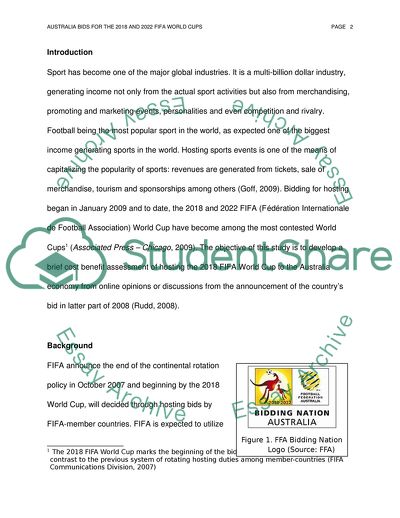Cite this document
(Sports Economics Report Example | Topics and Well Written Essays - 1250 words, n.d.)
Sports Economics Report Example | Topics and Well Written Essays - 1250 words. https://studentshare.org/finance-accounting/1727942-sports-economics
Sports Economics Report Example | Topics and Well Written Essays - 1250 words. https://studentshare.org/finance-accounting/1727942-sports-economics
(Sports Economics Report Example | Topics and Well Written Essays - 1250 Words)
Sports Economics Report Example | Topics and Well Written Essays - 1250 Words. https://studentshare.org/finance-accounting/1727942-sports-economics.
Sports Economics Report Example | Topics and Well Written Essays - 1250 Words. https://studentshare.org/finance-accounting/1727942-sports-economics.
“Sports Economics Report Example | Topics and Well Written Essays - 1250 Words”. https://studentshare.org/finance-accounting/1727942-sports-economics.


